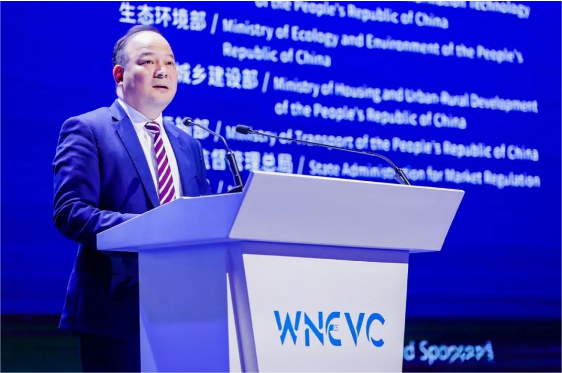The first appearance of M3P battery in the public’s view was mentioned by Robin Zeng, chairman of CATL, in a fixed increase financing roadshow in February 2022; In July of the same year, Wu Kai, chief scientist of CATL, said at the World Power Battery Conference that the company’s M3P battery had been mass produced and would be put on the market in 2023.

From the perspective of naming, “M” in the name of M3P battery is the code of manganese element, and P represents the chemical formula of PO phosphate. Therefore, many voices in the market speculate that M3P battery is a lithium manganese iron phosphate battery.
But in the CATL, it is not completely true. CATL said that M3P is not exactly a lithium manganese iron phosphate battery, but called it “the ternary of phosphate system”. The cathode materials of the CATL M3P battery are the ternary materials of the phosphate system doped with magnesium, zinc, aluminum and other metal elements, and the lithium manganese iron phosphate material, which are used to improve the charge discharge capacity and cycle stability of the lithium manganese iron phosphate battery. It is reported that the energy density of M3P battery is about 20% higher than that of LFP battery, reaching 210Wh/kg. This level is close to that of medium nickel ternary lithium batteries. With the advantage of energy density, the manufacturing cost of M3P battery is close to that of Lithium iron phosphate. In addition, the M3P battery based on the phosphate system also inherits the characteristics of Lithium iron phosphate battery with high safety and long life.
Why should other metal elements be added? Analysis has pointed out that embedding metal ions on the basis of manganese iron lithium can achieve good charge discharge capacity and cycling stability. For example, using Mg2+with a smaller radius to replace manganese ions can reduce the deformation caused by manganese ions on the overall crystal volume, facilitate lithium ion diffusion, and thereby improve material conductivity.
In terms of process, the synthesis process of M3P is based on the lithium manganese iron phosphate process, which is synthesized by high-temperature Dry media reaction, Hydrothermal synthesis and coprecipitation. The process is mature and suitable for batch production.
Some insiders pointed out that if the highlight of the CATL ‘mass production of Kirin battery in March this year is the innovative breakthrough in the battery pack structure (Kirin battery is the third generation CTP technology of CATL, which can improve the volume utilization rate and energy density of the battery pack through structural optimization), then the CATL M3P battery has achieved a leap in the performance of the existing liquid lithium ion battery mainly through the optimization of the battery cathode materials.
